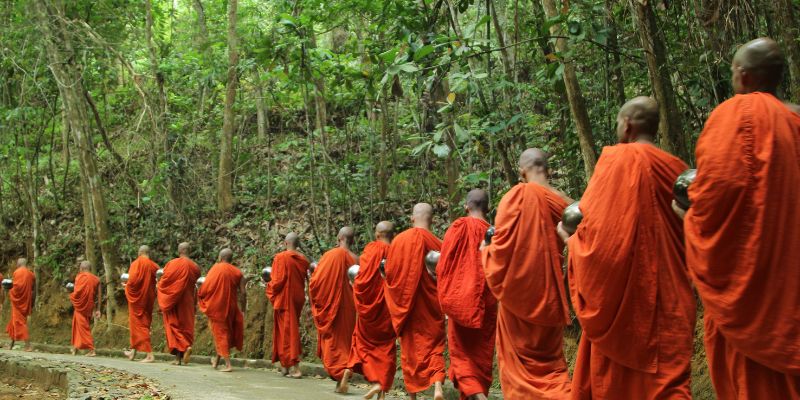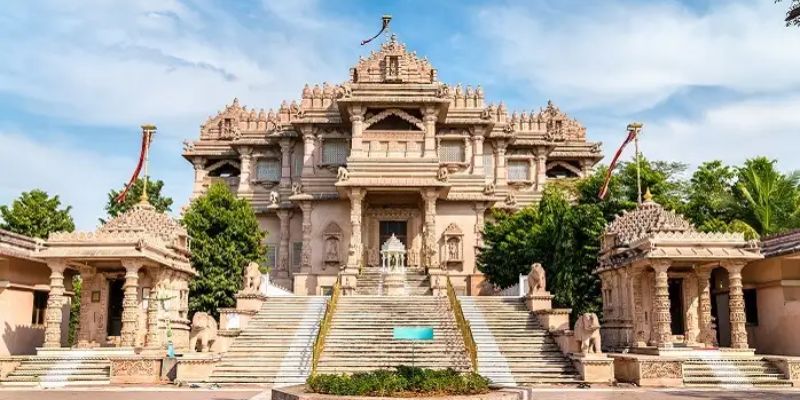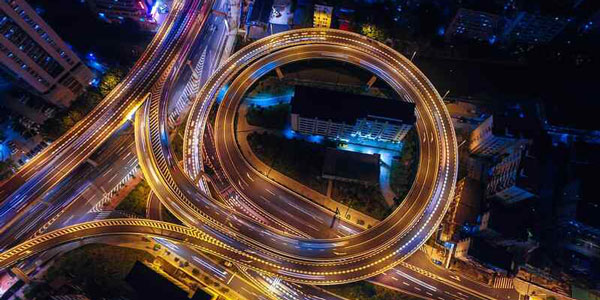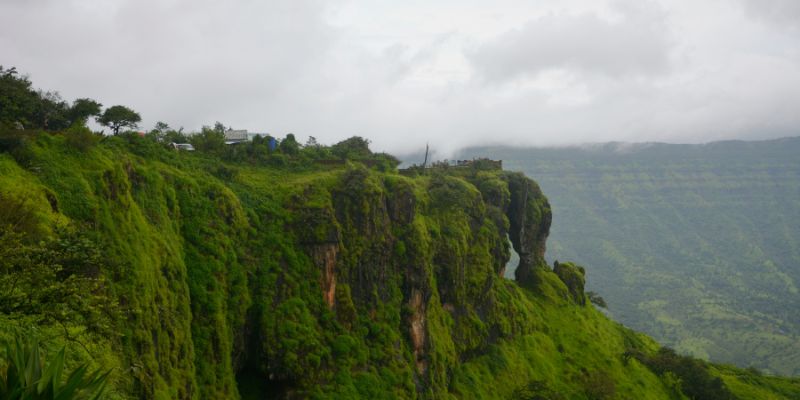Kathmandu Dhulikhel Namobuddha Tour includes Nepal's most noteworthy cultural and religious sites. Since these sights are within a short drive of Kathmandu, guests may enjoy this tour comfortably and quickly.
The itinerary begins with a full-day visit to Bhaktapur Durbar Square, another medieval world heritage site. Its palaces, courtyards, temples, pagodas, monuments, craftwork, hand-crafted peacock windows, and other Hindu monuments are among the best maintained in this open museum.

Namo Buddha Monastery: What Can You Expect?
Visitors to the monastery can expect beautiful Buddhist architecture, colorful prayer flags, and peaceful surroundings. You can also study the Buddha's teachings and conduct Buddhist ceremonies like chanting and meditation.
Dhulikhel is a small Newari town with antique temples and dwellings. The Araniko Highway takes you 30km from Kathmandu. Hill station Dhulikhel offers views of the snow-capped Himalayas. Locals gather here on weekends to escape Kathmandu's chaos.
Dhulikhel Namobuddha Panauti Day Tour is a relaxing Kathmandu valley tour—Dhulikhel to Namobuddha, where you'll see the View Point, Monastery, and Temples. The greatest Kathmandu short excursion for all ages is to Panauti, Namonbuddha, and Dhulikhel.
Panauti's Triveni Ghat, Indreshwar Mahadev, and Brahmayani temple await you. Namo Buddha, named after Buddha, predated Sakyamuni Buddha. Namo Buddha's features include Thrangu Tashi Yangtse Monastery and Stupa.
Dhulikhel is another tour highlight. The old town with the Newari settlement is known for its architecture, lifestyle, and mountain outlook.

How Many Days To Spend In Kathmandu?
Three days in Kathmandu is ideal. You will have plenty of time to view Kathmandu's must-see sights and the valley's lovely spots.
Visitors to Kathmandu usually organize before trekking. In three days in Kathmandu, you can see the sights and prepare for the journey. If needed, buy hiking supplies or finish trek-related tasks. You can remain in Kathmandu for a week or more. I think Kathmandu should be visited for 3 days.
The monastery offers lodging for long-term Buddhist students. The rooms are simple, but guests must follow rules like staying quiet at certain times. Don't hesitate to contact Namo Buddha Monastery for lodging costs. The latest update is on their website.
Simplest Way to Visit Namo Buddha Monastery and Cost:
You can reach Namo Buddha Monastery fastest from Kathmandu via taxi or private car. Traffic and road conditions might take 2-3 hours and cost 3000–4000 Nepali Rupees (25–35 USD).
You can also take public transportation from Kathmandu to Dhulikhel and book a cab or motorbike to Namo Buddha Monastery. The cab or motorbike ride takes 30 minutes and costs 500-1000 Nepali Rupees, whereas the bus ride takes an hour and costs 50–100 Rupees (0.5–1 USD).
Cost to enter Namo Buddha Monastery:
Nobody pays to access Namo Buddha Monastery. Donations are welcome and vital to the monastery's activities. Visitors can donate to the monastery as a thank-you and to help with its ongoing activities, such as facility maintenance, monk training, and local humanitarian efforts.
Best Traveling Season:
Namo Buddha is best for visitors between March and June and September and December. Travel itinerary and interests will determine the best time to visit Namo Buddha Monastery. The monastery is best visited in the fall and spring.
Nepal's autumn is clear, warm, and dry from September to November. It is ideal for touring and outdoor activities like visiting Namo Buddha Monastery.
March through May are also lovely months at the monastery. When the weather is warm and dry, rhododendrons and other wildflowers bloom in the hills and valleys around the monastery.
Nepal's monsoon season runs from June to August, causing heavy rains that might affect travel and outdoor activities. Winter can be cold, especially in higher elevations, and snowfall may occur in some areas.
Things To Do In Namo Buddha:
Namo Buddha Monastery has many attractions. Visit the main monastery for daily monastic chanting. We arrived before 10 a.m. and heard their hour-long morning chant. Sit quietly in the back and come and leave without disturbing anyone.
Follow the steps up and right to find other temples above the main monastery. Crowned Buddha, Sixteen Arhats, and Gold Buddha Shrine are here.
Female monks chant beside a shrine commemorating the Great Being's sacrifice to the tiger on the other side of the main monastery. The little temple contains tale images. After that temple lies Namo Buddha View Point, which overlooks the valley. Tigers are supposed to live here. Five white stupas, a tiny temple, and tea shops are there. Millions of prayer flags cover the hill across the road.
Enjoy The Rooftop View:
Evening rooftop views are worth looking at. Coffee can warm you up even on cold winter nights. On every full moon day (thrice a month), Boudha Stupa lights up like Christmas mornings, and as an introvert, I love admiring its history and spending time alone. Many rooftop restaurants give warm drinks and a great view, but they are not fancy.
Experience Local Culture:
Tibetan Buddhist culture thrives in Boudha. Monasteries and workshops making singing bowls, Tibetan drums, prayer flags, and other Tibetan Buddhist necessities line Boudha's alleyways. The annual local festivals are huge and extravagant ways to experience local culture. In Magh (Jan/Feb), Boudha stupa's patron goddess, Mamo Pukasi's chariot tours the Stupa and its surroundings. Other festivals like Temal Jatra and Buddha Jayanti showcase local culture.
Conclusion:
Namo Buddha is an amazingly stunning location. Don't make it sound worse than it is. The atmosphere is serene and unadulterated. There is almost little pollution, and the air is crisp, refreshing, and lively. The setting is ideal for contemplation and training as well. When you open your eyes in the morning, you'll be treated to a breathtaking sunrise. A beautiful sunset can be seen each night. The Himalayas, coated in snow, are beautiful and pristine to behold.
Namo Buddha is regarded as one of the holiest Buddhist sites in Nepal. The three most important Buddhist pilgrimage sites are the Boudha Stupa, the Swayambhunath Stupa, and the Namo Buddha.





